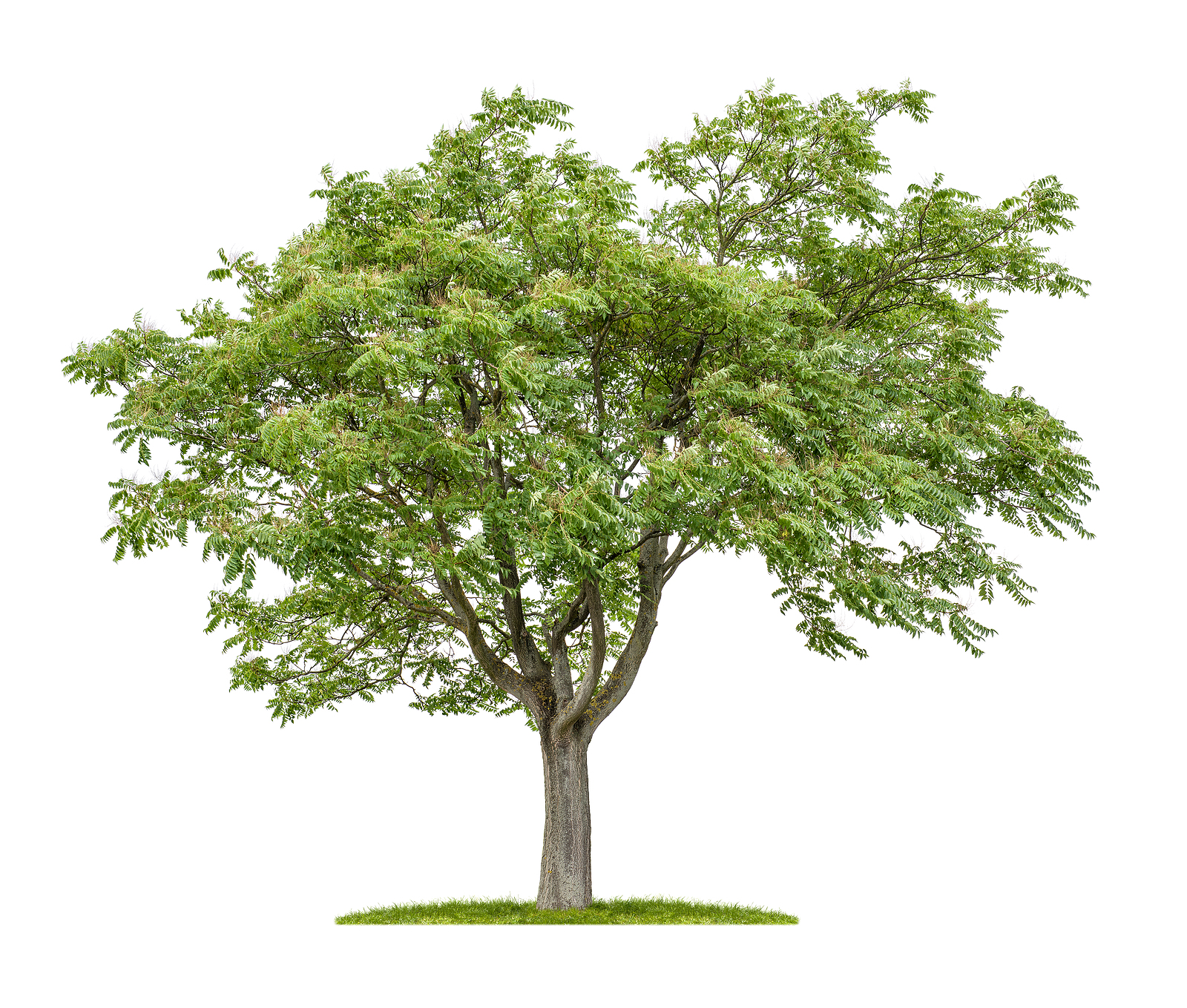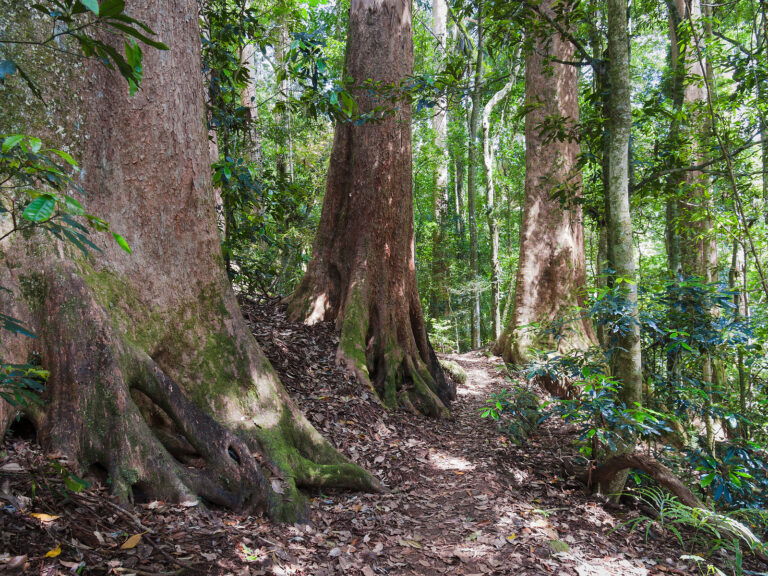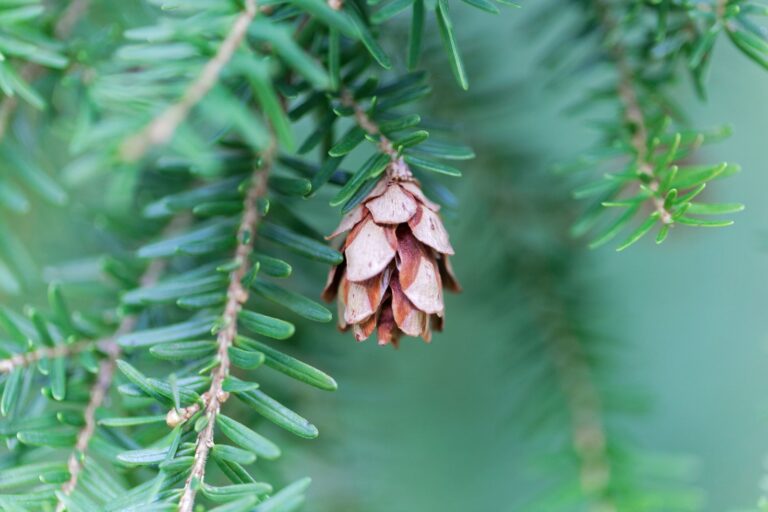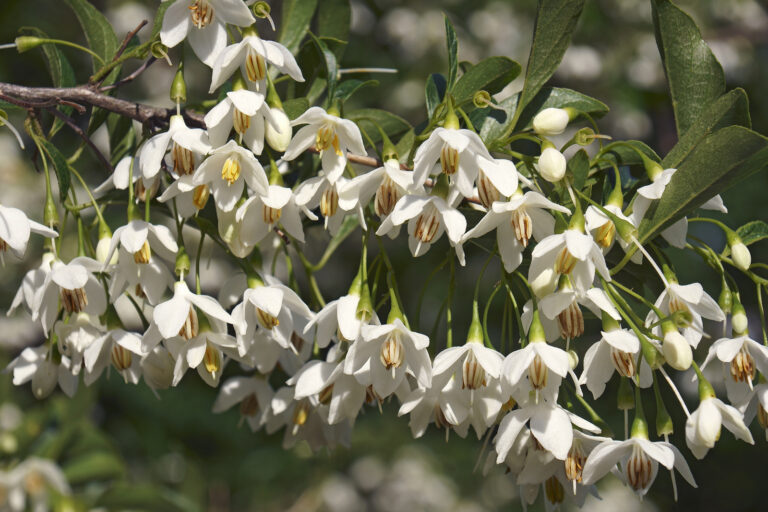How to Grow Tree of Heaven — Ailanthus
Ailanthus–commonly called the tree of heaven–is a spreading tree that bears small flowers in summer followed by red-brown fruits in autumn. Ailanthus is a moderately tall tree that can be grown as a specimen or as a shade tree.
Ailanthus is extremely tolerant of very poor soil and pollution. It is a good choice for planting where few other woody ornamentals would grow. Suckers and seedlings can be a problem so it is best to monitor Ailanthus
Ailanthus is native to China but it has been naturalized widely in the United States. Ailanthus is a genus of five species that occur in woodlands in China and from Southeast Asia to Australia.
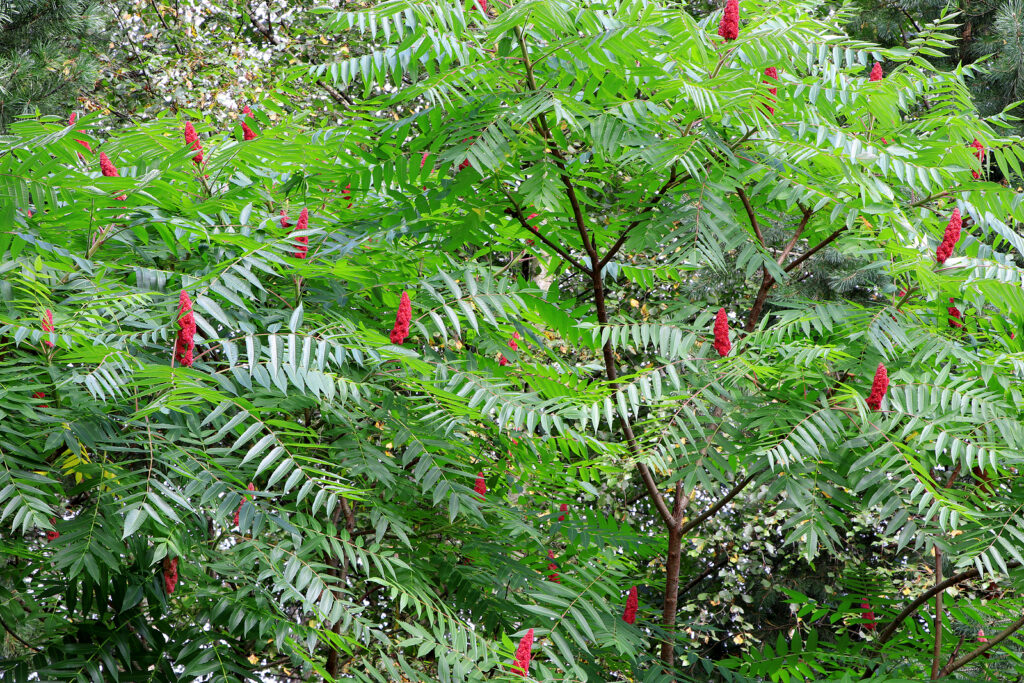
Get to know Ailanthus
- Plant type: Deciduous trees and shrubs
- Growing zones and range: Zones 4 to 8
- Hardiness: Hardy to Zone 4
- Height and width: 40-60 feet (13-18m) tall, with an equal spread
- Growth rate: Fast
- Form and habit: Rounded, spreading
- Foliage: Large, alternate, pinnate leaves are reddish when they unfurl in late spring, but soon turn green, are fern-shaped and from 1-3 feet (.3-1m) in length, each consists of 11 to 31 leaflets, 3-5 inches (8-13cm) long; leaves grow in bunches at the ends of heavy twigs, creating a pattern that allows sun to filter through to the ground below; although scentless on the tree, the leaves have an unpleasant odor when crushed
- Flowers: Either male or female flowers; both needed for fruit; male flowers are unpleasantly scented and their pollen may cause an allergic reaction; female flowers are inconspicuous clusters of tiny yellow blossoms
- Fruits: Handsome clusters of red-brown, winged seedpods in late summer and fall
- Bloom time: Late summer through late fall
- Uses: Specimen trees, dried arrangements, shade
- Common name: Tree-of-heaven
- Botanical name: Ailanthus
- Family name: Simaroubaceae
- Origin: China and Southeast Asia to Australia
Where to plant Ailanthus
- Plant Ailanthus in sun or partial shade.
- Plant Ailanthus in deep, fertile, well-drained soil; extremely tolerant of very poor soil and pollution.
When to plant Ailanthus
- Sow Ailanthus seed in containers in a cold frame as soon as ripe, or in spring.
- Remove and pot up Ailanthus suckers in winter.
Planting and spacing Ailanthus
- Plant female trees only to avoid Ailanthus becoming a nuisance; female trees are also preferable because their flowers lack the odor that makes the male flowers objectionable.
- Plant Ailanthus 50 feet (15m) apart.
How to water and feed Ailanthus
- Give Ailanthus regular water.
- Feed Ailanthus with an all-purpose organic fertilizer in spring.
How to care for Ailanthus
- Prune Ailanthus hard annually to grow as a large-leaved shrub.
- Because Ailanthus are easy to grow, they can become a nuisance, sending out underground shoots to sprout into a thicket and winged seeds to take root over a wide area; the unwanted seedlings are easily avoided, however, if you plant only female trees.
- Prune underground shoots as soon as they appear if additional trees are not desired.
Ailanthus pests and diseases
- Ailanthus resists practically all insects and diseases.
- Verticillium wilt, fungal stem galls, and Cristulariella rust can develop.
Ailanthus propagation
- Take Ailanthus root cuttings in winter.
- Sow seed in containers in a cold frame as soon as ripe or in spring.
Ailanthus varieties to grow
- Ailanthus altissima, Tree of heaven, spreading-tree with large, oblong-elliptic, pinnate, malodorous leaves, to 24 inches (60cm) long, composed of up to 30 ovate to lance-shaped leaflets, which open reddish green and later turn mid-green. Bears terminal panicles, to 12 inches (30cm) across, of small green flowers in summer, followed by red-brown fruit, similar to those of ash (Fraxinus). To 80 feet (25m) tall and 50 feet (15m) wide. China, naturalized wide in the United States.

